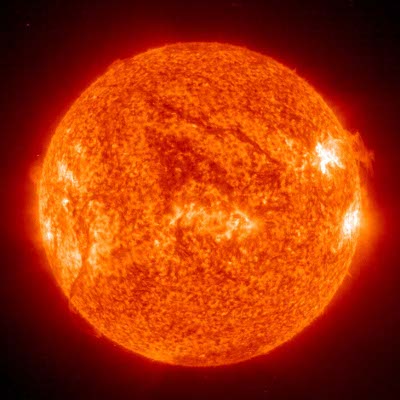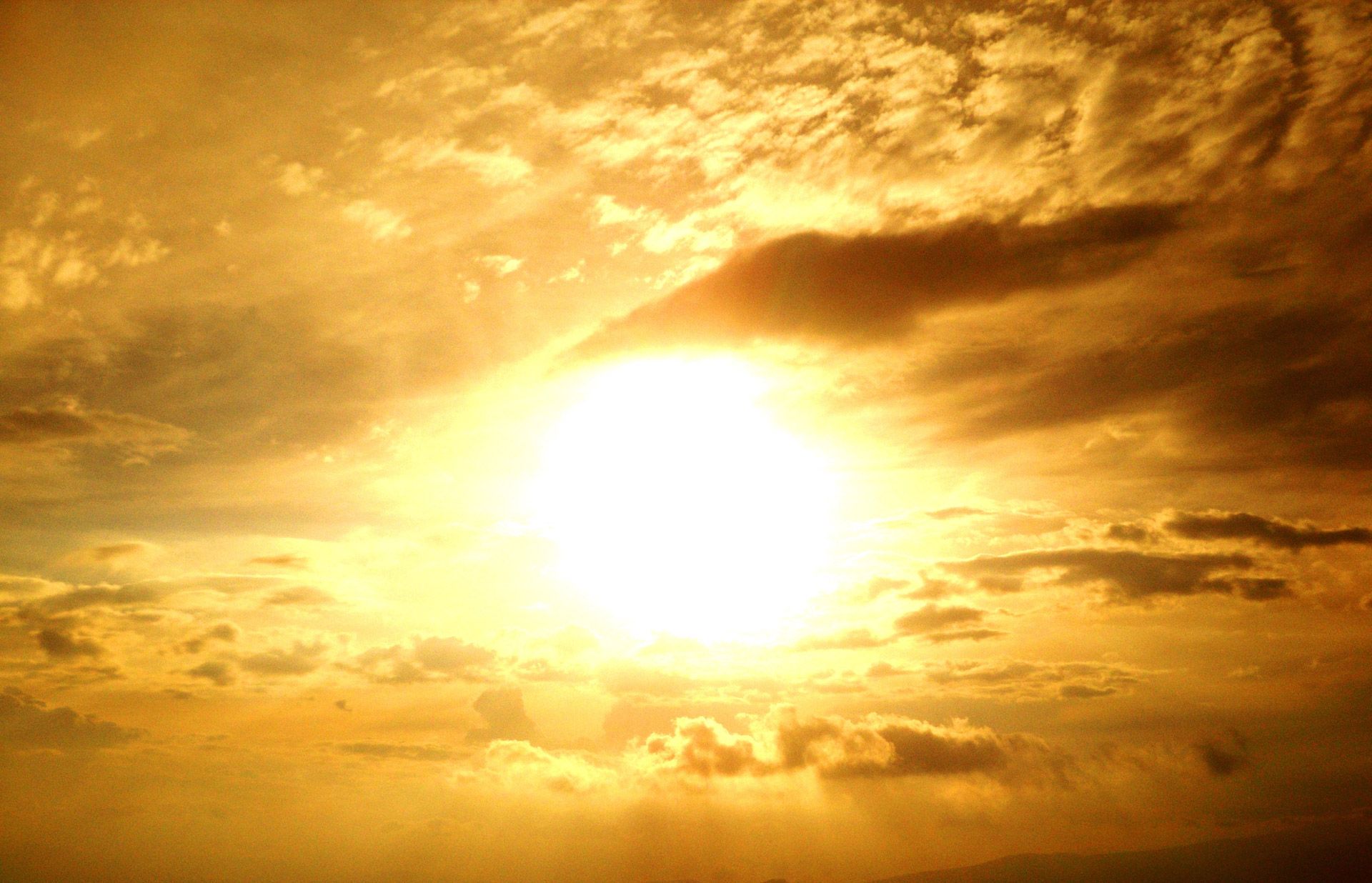· if we assume the sun orbits the earth, the math says that the sun should be much less massive than the earth. Even if the net angular momentum of the cloud is zero, after the … · and the suns magnetic field will also deflect the kps path and act as another form of friction. Secondly, the kp wont actually pick up much momentum falling towards the sun. · another way of calculating the earth - sun distance is to look at the centrifugal and the gravitational force. This solution assumes that one already knows the mass of the sun, but … If its on the sun-facing side in las vegas you may find it gets hot enough to cause burns. The accretion of jupiter in … Soul of the ultimate nation掲示板。ゲームの質問や仲間の募集など気軽に投稿して盛り上がろう! To the horizon) on a clear day, unlesss the sun is at a very low angle, the surface of your eye is not illuminated directly by the sun, only reflected sunlight from … · a collapsing gas cloud is an open system. · however, the sun will accrete $\sim 10^{42}\ \mathrm{kg\ m^2\ s^{-1}}$ of angular momentum, which is comparable to its current angular momentum. · if the building is located in hammerfest, norway the metal might get warm to the touch. It loses mass, energy and angular momentum as it collapses. If we assume the earth orbits the sun, the opposite is true. · as the elevation of the sun decreases and it moves from the zenith to the horizon, the glitter becomes more and more elliptical, until it becomes a ribbon as in your image. When you look at the world (i. e. The main fusion reaction in the sun is the proton-proton chain reaction, which takes six protons and produces two protons, one alpha particle, two anti-electrons, and two electron neutrinos.
The Sun'S Impact: How Nasa Is Protecting Us From Space Weather
· if we assume the sun orbits the earth, the math says that the sun should be much less massive than the earth. Even if...




